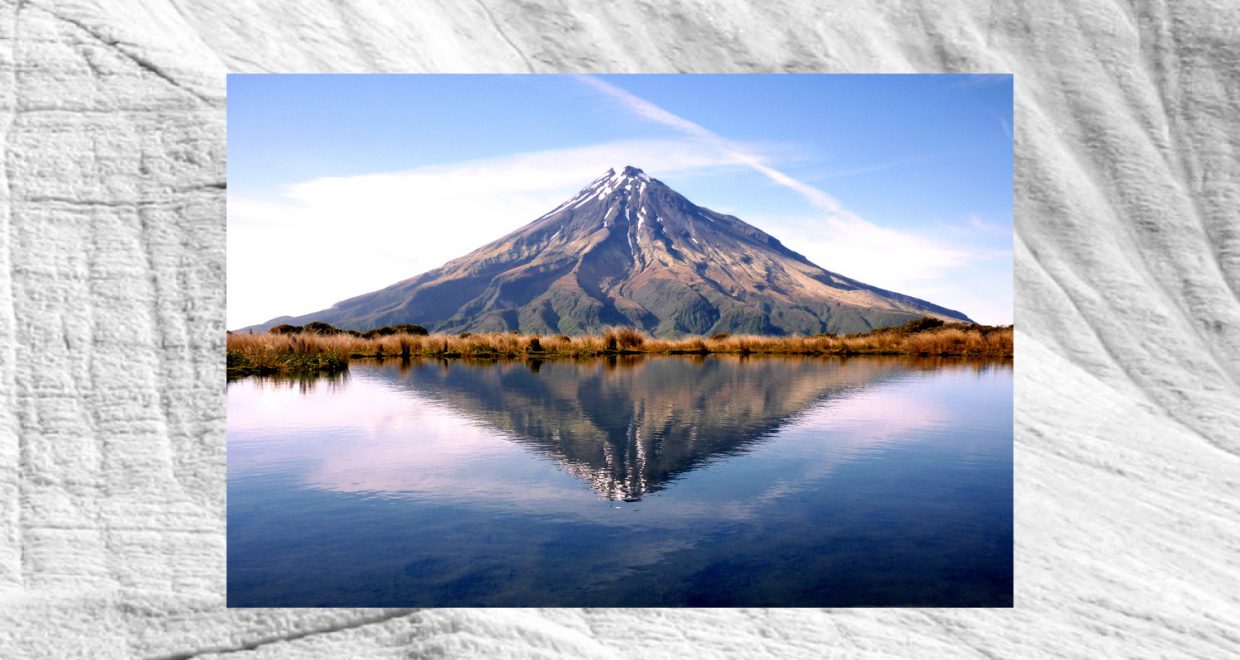Introducing Quaternary Research – an interdisciplinary journal
The Quaternary Era – approximately the last 2.7 million years of Earth’s history – is characterized by world-wide climatic changes associated with the growth and decline of ice sheets and glaciers in high latitudes, and the related fall and rise of sea level. These changes have had and continue to have a profound effect on landscapes, processes of erosion and deposition, ecosystems, and the distribution of plants and animals in all part of the Earth. The Quaternary is also the period in which our human ancestors evolved and spread across the globe, and began to have a major impact on their environment. Understanding the nature and causes of the climatic and environmental changes that characterize the Quaternary is therefore important for understanding human evolution and provides a perspective for ongoing natural and anthropogenic climate change. Knowledge of past environments (e.g. the past frequency and severity of wildland fires) also has direct relevance for many aspects of environmental management.
Quaternary studies today employ a wide range of approaches and techniques. Traditional studies of stratigraphy and paleo-environmental proxies are being complemented by increasingly precise dating techniques and the application of sophisticated geochemical, isotopic, and biogeochemical analyses to reconstruct past environments.
Quaternary Research has a nearly 50-year, distinguished history of publishing articles of interdisciplinary interest on the evidence for Quaternary climatic and environmental change, as well as its effects on landscapes, ecosystems, and human populations, and many significant articles have been published in the journal over the years*.
As a result of the contributions of its many authors, Quaternary Research has established itself as a leading journal in its field, with a reputation for authoritative, high-quality papers of broad interdisciplinary interest. Our content is global in scope, as is our authorship. Over the past five years, research conducted in North America (USA, Canada, Greenland) comprises about one third (33.7%) of the published work. A further 23.5% was conducted in Asia (mainly China and Tibet); 18% was carried out in Europe (including Russia); and 12% in Latin America. About 3% of papers are global summaries or methods papers.
Now that Cambridge University Press is publishing the journal on behalf of the Quaternary Research Center of the University of Washington, we look forward to a new era for the journal, in which it reaches new audiences while maintaining its reputation as a premier journal in its field.
We encourage authors to continue to submit their best work to the journal. We have relaxed the former strict word limits on articles and encourage authors to include their datasets as supplementary online material. We are especially interested in manuscripts that address human-environment interactions during the Quaternary; applications of Quaternary science to environmental management, including geologic hazards; and new methods for investigation and analysis of Quaternary landforms and deposits.
We also welcome review papers on important topics of broad interdisciplinary interest and proposals for topical special issues.
In 2020, Quaternary Research will celebrate its 50th anniversary. We are looking forward to celebrating the anniversary of the premier journal in its field.
Written by Editors: Dr Nicholas Lancaster Desert Research Institute, Dr Derek B. Booth University of Washington and Dr Lewis A Owen University of Cincinnati
*Complimentary access has been provided to a collection of articles handpicked by the Editors, you can access the papers for free by clicking here.
Find out more about the journal and it’s research by visiting cambridge.org/qua






